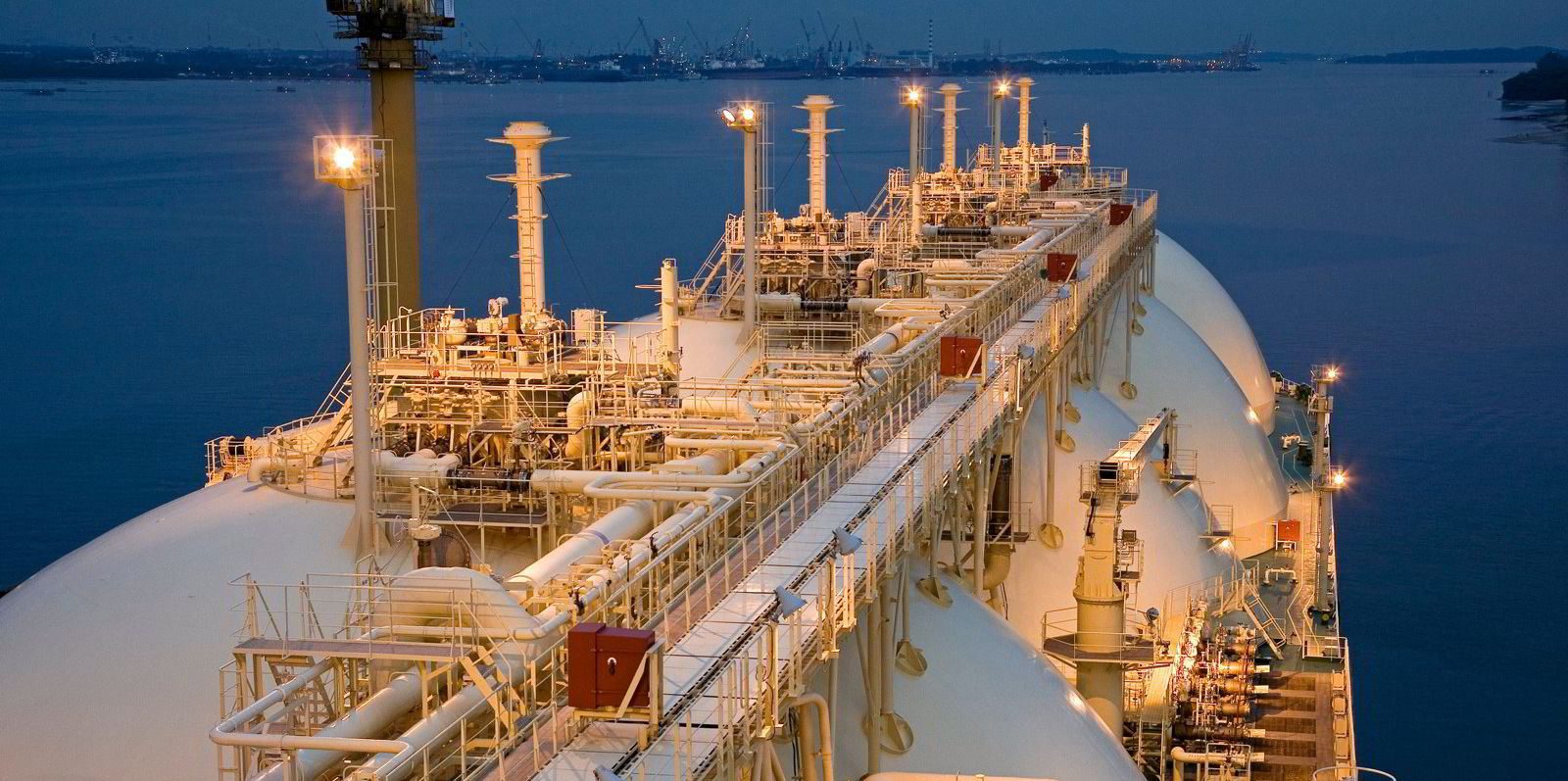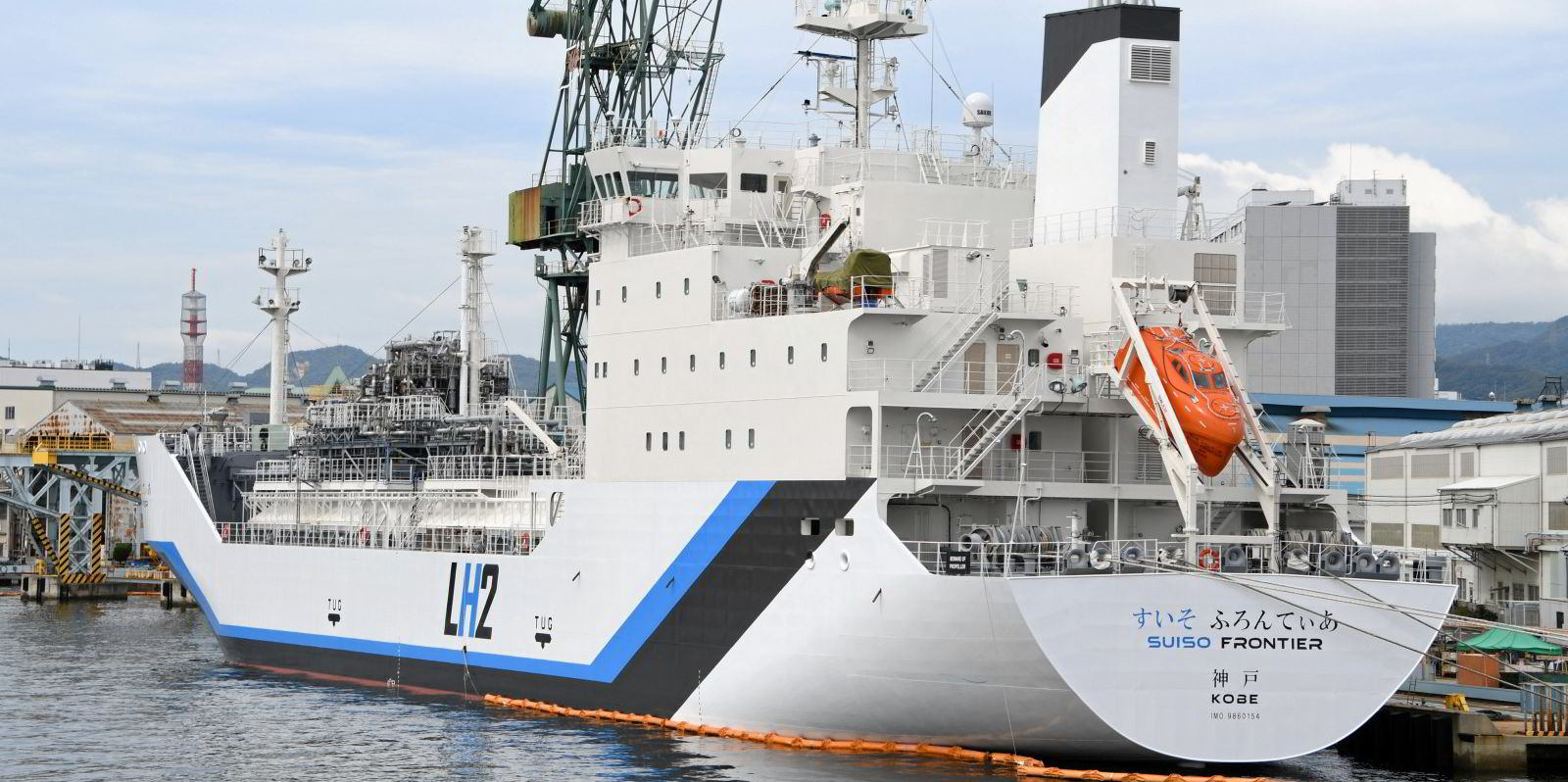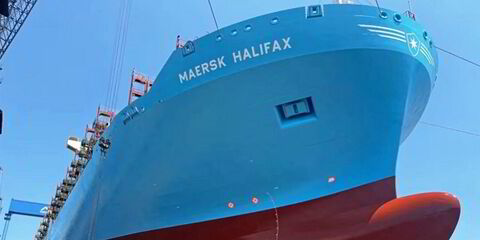As an oil exploration and production group that has set a target to reduce absolute emissions by 50% by 2030 from 2016, Shell is in a unique position to develop new energies and put them and associated technologies into use in shipping.
Shell’s target covers all emissions from its operations and the energy it buys to run them, and that has meant the group is looking seriously at its shipping operations.
Carl Henrickson, general manager of technology, innovation and digitalisation at Shell Shipping & Maritime, runs an in-house unit with 60 people working on research and development (R&D) of about 100 different technologies at any one time, from safety to decarbonisation.
The unit aims to investigate potential solutions up to the point that they can either be put into use or a decision is made not to go ahead with them.
“There is huge complexity about future fuels and it’s too early to rule anything out and too early to rule anything in definitively,” he told TradeWinds. “Technology R&D is about keeping an open mind on all the options.”
Technologies under consideration include hardware and software — digital systems that can help reduce emissions.
Hardware systems fitted to ships have included air lubrication of hulls and Flettner rotor wind propulsion units. Both have shown around an 8% improvement in fuel consumption, and cut in emissions, in the physical tests Shell has undertaken.
Air lubrication is being added to vessels in Shell’s fleet that can benefit from it, in collaboration with system developer Silverstream.
Shell still has the former 110,000-dwt Maersk Pelican (built 2008) on charter on which two Norsepower rotors were fitted in 2018. The ship is currently owned by United Maritime Corp under the name Epanastasea.
It has investigated how to make the rotors portable by putting foundations on different vessels so they can be moved between ships when wind propulsion suits their routes.
Henrickson said Shell is also looking at larger wing-sail propulsion technologies of the types being developed by BAR Technologies and Windship Technology that aim for around 30% emission reductions.
“The next technology we see as a game changer is fuel cells,” Henrickson said. “The aim is to use hydrogen but as fuel cells are largely fuel agnostic, Shell is proof-testing them now with LNG.”
With LNG offering a 23% well-to-wake improvement in greenhouse gas emissions before better alternatives are available, he said: “We should do something with that.”
Solid oxide fuel cells with an output of 600kW will be tested in the auxiliary power system of one of Shell’s 174,000-cbm LNG carrier newbuildings going into operation from 2025.
A second project involves a consortium to build a 2.4MW proton-exchange membrane fuel-cell system that will be retrofitted to an existing 18,600-dwt chemical tanker in 2024 to demonstrate how the auxiliary power system can cause zero emissions while the ship is in port and cut GHGs at sea.
“Methanol is definitely part of the mix for the energy transition with potential pathways through bio-methanol and synthetic methanol,” Henrickson said, but ammonia’s potential as a zero-fuel option is hampered by safety challenges around its toxicity and logistics.
“Shell’s position is that until we get on top of those and show they can be mitigated, ammonia won’t be a fuel for the marine sector.”

Further development of hydrogen is required.
Henrickson believes hydrogen has potential as a fuel for main propulsion, although he does not see fully scaled-up fuel-cell systems being a commercial affordable solution until the mid-2030s.
“Today, the cost of deploying enough fuel cells in that range is out of touch but, unless we do the R&D work, will not be able to prove that they can be a viable solution,” he said.
It takes him back to LNG and dealing with its major problem — methane slip: the release of unburnt GHGs potentially more potent for climate change in the short term than CO2.
“The most important thing right now is methane slip,” Henrickson said. “We have got to fix it.”
But he said there has been an 85% reduction in methane slip since 1983, and a trajectory to continue reducing it by 2.5% year on year with Shell working on methane abatement technologies.
“I am fairly confident we will provide commercial solutions in 2024 that will almost bring methane slip down to a negligible level,” he said.
Two systems are under development.
It has been difficult to measure methane slip as exhaust gases intereact with each other, but Henrickson said Shell has cracked the problem.
Shell Ventures has taken an equity stake in a company called Daphne Technology, which fires electrons at the exhaust gas stream to knock-out residual methane.
The non-thermal plasma reaction convert methane molecules in the gas into water and carbon monoxide in a harmless concentration, according to Daphne.
Shell is also developing a proprietary technology for a methane abatement catalyst (MAC), which has shown an above 90% removal of residual methane from exhaust gases in bench tests.
The MAC system has been fitted to a chartered LNG bunker vessel — the 6,500-cbm New Frontier 1 (ex-Cardissa, built 2017) — and Shell is awaiting first data from it.
Shell’s shipping activities are getting greener, and Henrickson is adamant that this must continue.
“We are talking about an entire energy system change out,” he said, where no one yet has the answers.






